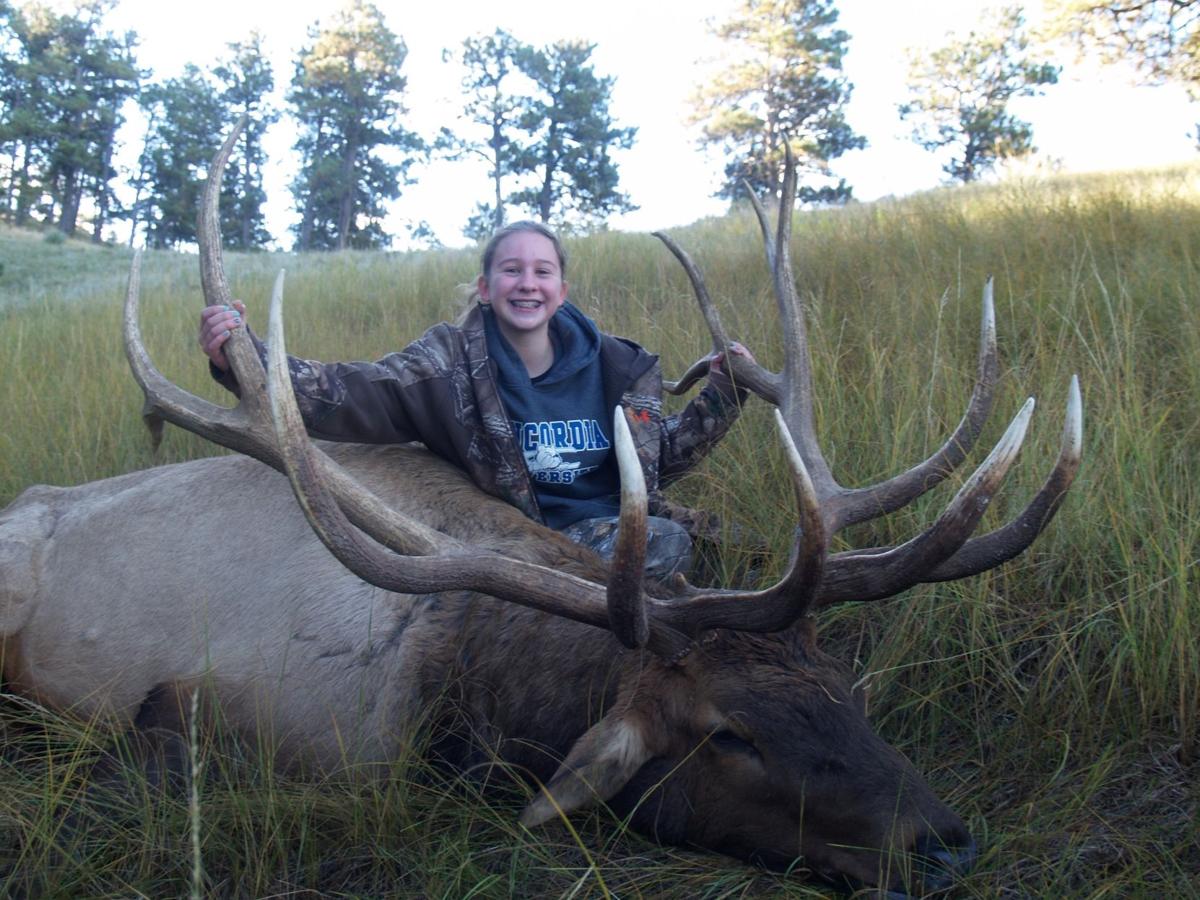jbowlin
Member

Damage Control Elk Permit for Morrill Co. landowner raises questions, concerns among hunting public | KNEB
KNEB - Your trusted voice.
kneb.com
Wasn't sure if this was correct Forum for this.





